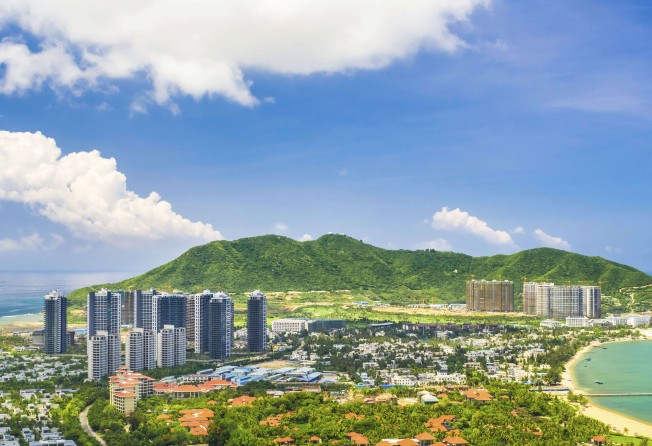Why the cities you’ve never heard of are poised to lead China’s economic growth
Population growth and rising incomes in the mainland’s lower tier cities mean sectors like education, property and outbound tourism are ripe for growth

China’s big, tier-one cities, with their swelling ranks of wealthy middle class residents, have been at the forefront of the country’s economic growth in recent decades.
But that may not be the case for much longer, according to some analysts, who see the country’s smaller, less well-known cities as the potential new growth engines.
“Lower tier cities are going to be a new bright spot for China’s next economic boom,” said Lin Caiyi, chief economist at Guotai Junan Securities. “As market saturation accelerates in first-tier cities, some industries would have a second chance to gain profit by moving or expanding in smaller cities.”
While it’s still the case that the mainland’s 100 million middle-class citizens contribute significantly to the economy, residents of lower-tier cities have seen their incomes, and hence their purchasing power, rise steadily too. That should make them attractive for investors or companies hungry for new opportunities.
“For years I have been persuading people to focus more on China’s second and third-tier cities,” said Shaun Rein, managing director of China Market Research Group. He said people in lower-tier cities are more optimistic about their future and therefore more willing to spend money than their counterparts living in big cities.
“First tier cities are becoming pretty much depressing these days, with some of the big companies cutting their budgets. The middle class is feeling the pain of reduced payments,” Rein said.
He reasoned that with more affordable housing and basic necessities in lower tier cities, residents there are “much more confident” than their first-tier city counterparts and thus feel more comfortable as consumers.
In China, the tier system is used to classify the country’s 660 cities. GDP, political administration and population are the three main factors taken into consideration when categorising a city.
Traditionally, Beijing, Shanghai, Guangzhou and Shenzhen are considered to be tier-one, thanks not only to their large size but also the fact they have the highest incomes. Provincial capitals and special administrative cities such as Chongqing, Hangzhou and Tianjin are usually classed in the second tier.
Prefecture level or county-level capitals like Lanzhou, Guizhou and Sanya are generally considered to be in the third tier.
Although their names may be virtually unknown outside China, those cities’ residents are fast becoming a new force in driving the country’s economic growth, according to analysts.
They are enjoying population growth, thanks in part to policies rolled out by the authorities aimed at easing urban density that have forced vast swathes of people out of first tier cities, according to Zhu Chaoping, China economist at UOB Kay Hian Shanghai office.
Beijing has announced plans to cut the number of people living in its downtown core by more than 100,000 by 2020, as part of a wider effort to ease urban density, a push seen as disproportionately affecting migrant workers and lower class residents.

Property developers and home buyers are also increasingly shifting their focus to lower tier cities.
According to data from consultancy China Real Estate Information, second-tier cities have been leading China’s property market in some key indexes since early 2016.
Of the 10 cities that sold the most gross floor area between January and October last year, nine are second-tier cities.
In terms of sales value, cities like Hangzhou, Nanjing and Tianjin are closing the gap, according to the consultancy.
As more people are opting to live in lower-tier cities after purchasing properties there, sectors such as children’s education and baby products are likely to see promising growth, according to Zhu.
“Now China has abolished the long-time one-child policy, we can predict more baby booms coming in lower-tier cities,” Zhu said.
The rising prosperity of lower-tier cities may boost tourism to cheaper destinations like the Philippines and Thailand, according to Rein.
A study jointly conducted by Tianxun, Skyscanner’s Chinese entity, and UnionPay’s subsidiary UnionPay Smart, last December showed that the growth in the number of independent travellers from lower-tier cities outpaced that in Shanghai, Beijing, and other first-tier cities in 2016.
Kunming and Xiamen, two second-tier cities, both saw international travellers increase by about 60 per cent, according to the report.
However, for offline retailers, lower-tier cities are not easy targets, warned Zhu.
“Physical stores are increasingly losing out to e-commerce platforms like everywhere else in China,” Zhu said. “Only those companies who do thorough research about local customers can survive in lower tier cities.”